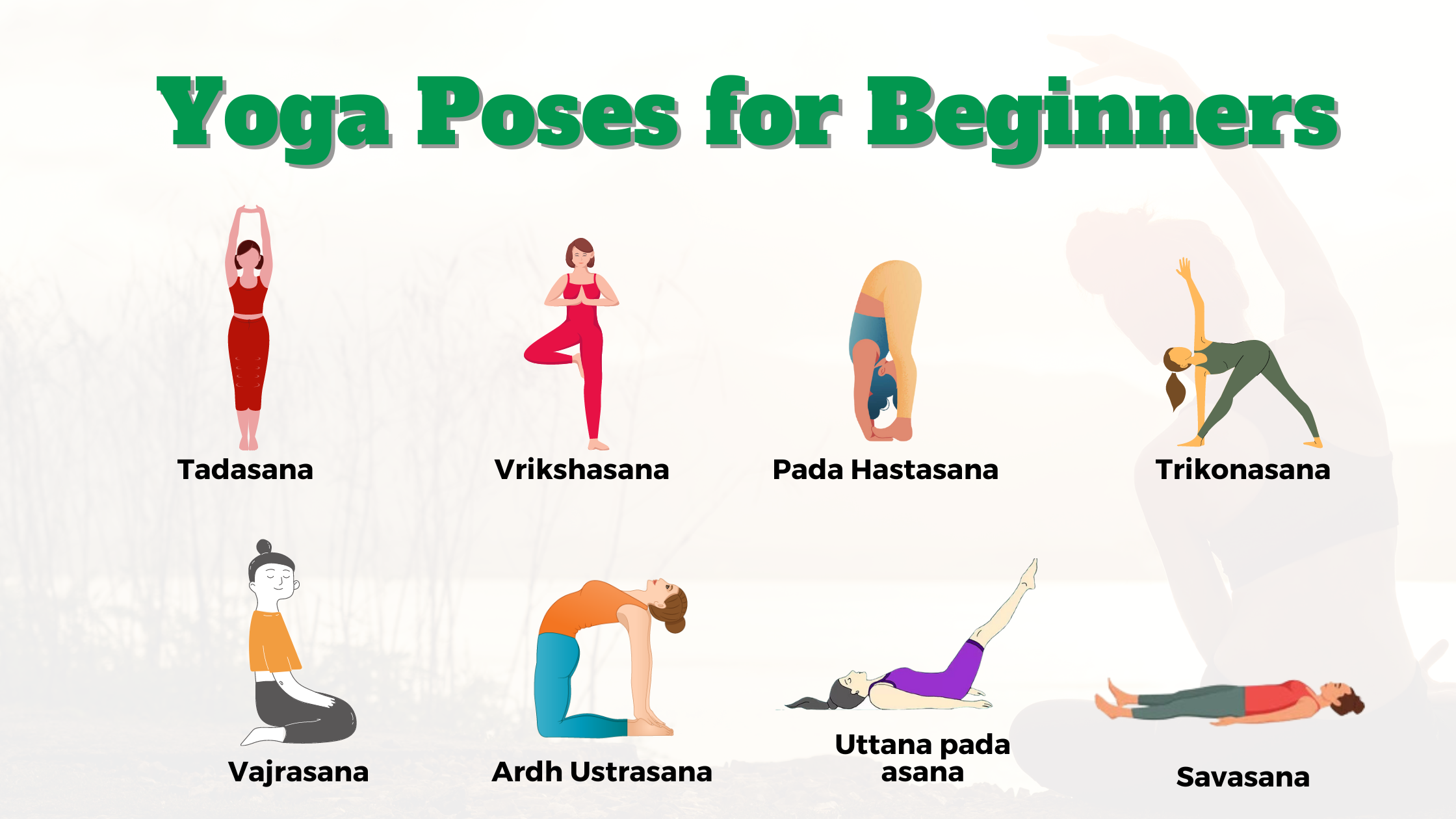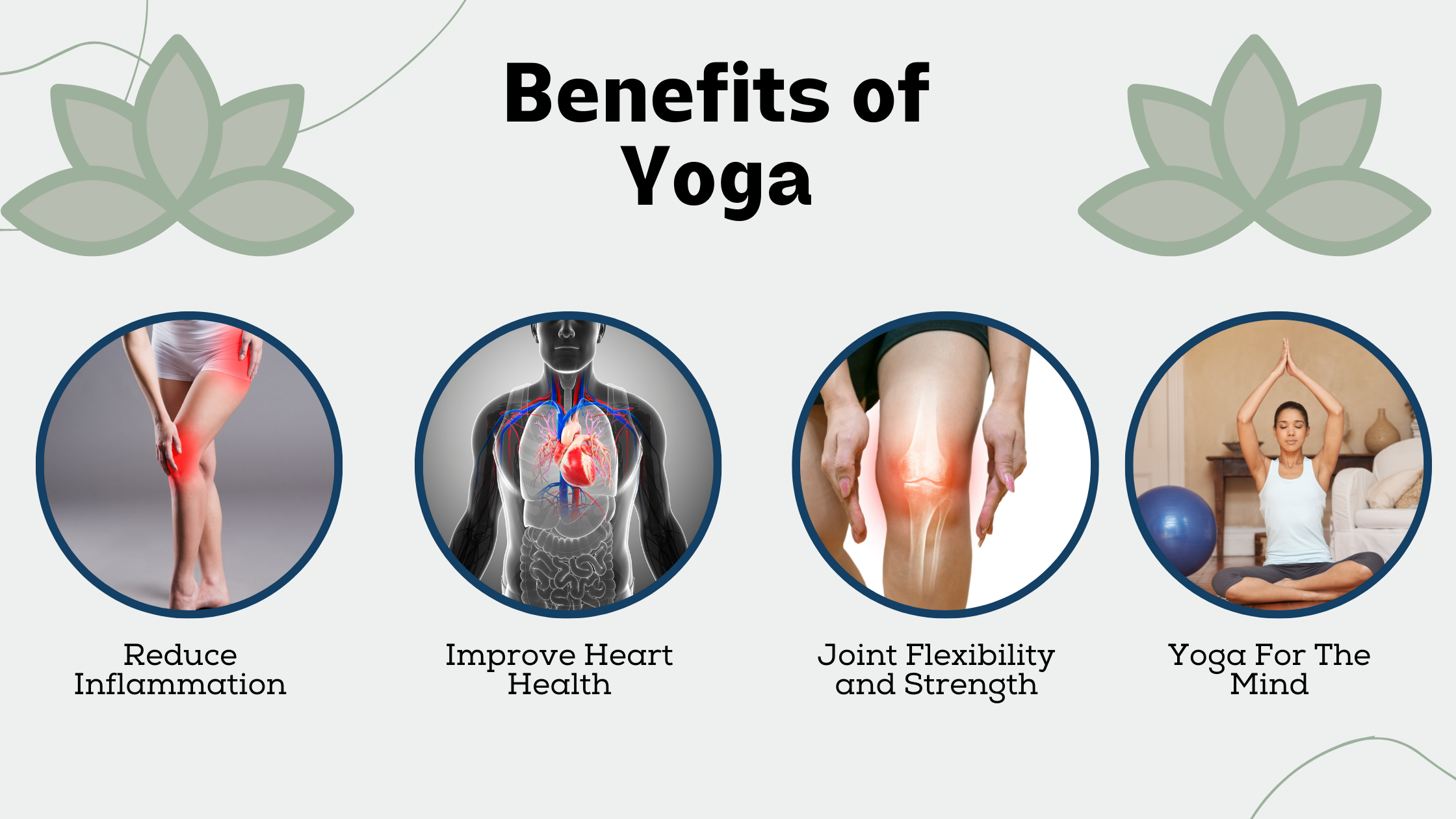
Yoga is a lot more than just exercise - ‘Yoga’ is an enhanced Lifestyle that we can adopt for improved physical, mental, social and even spiritual well-being!
Yoga has been a part of Indian traditional medicine as well as spirituality for years; and most of us - including the master-yogis - are yet to capture the full potential of this ancient science.
The term ‘Yoga’ comes from Sanskrit origin and its root word is ‘yuj’ meaning Unite, also considered as ‘Uniting with the Cosmic Power’. Hence yoga refers to a time-tested set of activities that leads to the union of mind, body and soul - and it is easily accessible to common persons like us!
History and Philosophy of Yoga
The use of the term ‘Yoga’ can be found in the oldest of Vedic texts. This means that the concept is at least 3000 to 5000 years old. The most comprehensible literature on yoga was written by Patanjali in the form of ‘Yoga Sutra’ in around 2 BCE Patanjali has elaborated on the philosophy of Yoga to be:
योगः चित्तवृत्तिनिरोधः। तदा द्रष्टुः स्वरूपेऽवस्थानम्।
“Yoga is the cessation of the mind's fluctuations, leading to the seer's self-realization. When the mind is calm, the true self abides in its pure, unaltered state, achieving inner peace and clarity.” So, we can see that the philosophy of yoga is to better life itself by allowing us humans to experience a higher state of consciousness.
At the same time, it also creates the perfect atmosphere for physical growth and healing.
Types of Yoga
Over the last many centuries, different types of yoga practices have developed all over Asia. They are all equally great at relieving our problems, and we should be careful in choosing whichever type of learning suits us the best.
Vinyasa Yoga
Vinyasa means flow. Instead of simply holding a pose, vinyasa yoga needs practice to slowly move the body along with rhythmic, controlled breathing throughout the session.
Bikram Yoga
Bikram Yoga is a popular yoga for weight loss and is known as hot yoga. Sessions are carried out in a heated room and follow 26 different poses. Those of us who want to detoxify our bodies can also try Bikram Yoga!
Ashtanga Yoga
Ashtanga practices expect the student to develop mastery over breathing, posture and sequence through vigorous practice. The focus is on building both strength and flexibility.
Yin Yoga
This yogic practice uses very slow, smooth movements gracefully over several hours. It is great for joint mobility.
Benefits of Yoga for Beginners
Yoga is a journey with no limits; so its benefits can be reaped throughout our lives. For those trying yoga for the first time, many joyful benefits of yoga for beginners are waiting to surprise you!
- Reduce Inflammation: Poses like Child's Pose, Downward Dog, and Cat-Cow promote relaxation, inhibit cortisol production and improve blood circulation.
- Improve Heart Health: Yoga aids heart health by lowering visceral fat buildup, blood pressure, and cholesterol. It improves insulin sensitivity.
- Joint Flexibility and Strength: Yoga for flexibility and bone strength works by helping us increase muscle density, stretching capacity and range of motion.
- Yoga For The Mind: Poses like Lotus, Savasana, and Surya Namaskara are the best solution if you are looking for yoga for stress relief. With practice, emotional stability and regulation also improve!

Basic Yoga Poses for Beginners
There are hundreds of yoga asanas (postures) practised diligently by people across the world. Some simple yoga poses for beginners you can try are listed below:
Tadasana
To perform this, we stand tall without feet together and raise our arms upwards arching our backs. Tadasana, or Mountain Pose, is performed to improve posture, balance, and overall endocrine functioning.
Bhujangasana
This is another simple but enjoyable yogasana! Meaning Cobra Pose in English, Bhujangasana is performed to relax back muscles and improve spine strength and digestive function.
Trikonasana
Regularly performing the Triangle Pose can strengthen skeletal muscles and stimulate abdominal organs for better digestion. It is a simple pose that people of all ages can perform. Modifications are also available!
Breathing Techniques in Yoga
Knowing how to breathe is one of the main things we learn while practising yoga. Breathing techniques in Yoga not only clear our lungs but also help with blood circulation in our brain and body.
- Ujjayi Pranayama (Victorious breath with sound, calming).
- Nadi Shodhana (Alternate nostril breathing, balances energy).
- Kapalabhati (Skull-shining breath, energizing and cleansing).
- Bhastrika (Bellows breath, increases vitality and heat).
- Sheetali (Cooling breath, reduces body heat).
- Sheetkari (Hissing breath, cooling and calming).
Creating a Yoga Routine
Since yoga should be performed regularly, every student needs a routine. A beginner yoga routine can be short and have very few poses. Even 15 to 20 minutes a day is more than enough!
Your yoga routine needs to be tailored to your specific needs. Similarly, this routine should be updated every few months to meet your growing capacity.
Here is how to create an effective routine:
- Pick out 4 to 5 poses of moderate difficulty.
- Select a quiet and comfortable location. Make sure the room is well-ventilated.
- Decide a focus - is it strength, posture, balance, breathing or something else?
- Start slowly with easy poses and breathing exercises.
- Select a peak pose.
- Arrange the poses in a proper sequence.
- Do the poses on one side, and then go around doing the same poses on the other side. This is essential to achieve equilibrium.
Yoga for Different Health Conditions
It is only recently that modern scientists have started considering ‘health’ as a sociophysical, dynamic state for which Holistic Healing is important. But ancient yogis knew about this all along!
Common diseases for which yoga can prove to be a sustainable, no-side-effect solution include:
- Lower back pain (Marjariasana, Bhujangasana, Uttanasana)
- Osteoporosis (Virabhadrasana II, Vrikshasana, Baddha Konasana)
- Cardiovascular Disease (Tadasana, Dhanurasana, Matsyasana)
- Diabetes (Halasana, Paschimottanasana, Ardha Matsyendrasana)
- Multiple Sclerosis (Balasana, Naukasana, Ardha Chandrasana)
Yoga Nidra: Mindfulness Meditation
In truth, the teaching of Yoga places as much importance on the strengthening and resilience of the mind as that of the body. In this regard, Yoga Nidra, derived from the Sanskrit words ‘yoga’ (union) and ‘nidra’ (sleep), is a state of conscious relaxation between waking and sleeping.
Yoga Nidra is a state of heightened awareness. The beauty of this technique is that anyone can practice it!
There are eight steps to attain Yoga Nidra:
- Settling and Relaxation
- Samskara (setting intention)
- Rotation of The Body and Consciousness
- Achieving Breath Awareness
- Experiencing and perceiving Contrasting Sensations
- Guided Visualization
- Sankalpa (reinforcing intention)
- Externalization (gradual awakening)
Tips for a Successful Yoga Practice
- Embrace yoga as a holistic practice that will have effects on both your body and mind.
- Don't stress about your performance. As long as you are patient with your body, every attempt at an asana is a success.
- Respect yourself for your limits and avoid continuing when you are shaking or trembling.
- Don't underestimate the power of a proper yoga sequence.
- Supplement your yoga sessions with a healthy, natural yogic diet and plenty of water.
- Practice regularly to see progress because consistency is very important for visible effects.
Conclusion
These are indeed some golden words ‘Our minds are intricately connected with our bodies and the development of one leads to the development of another’. And today, yoga stands as the easiest and most effective method to make changes in all areas of our lives. Remember, everyone starts as a beginner, so never be hard on yourself, but rather feel grateful for how far you have come
